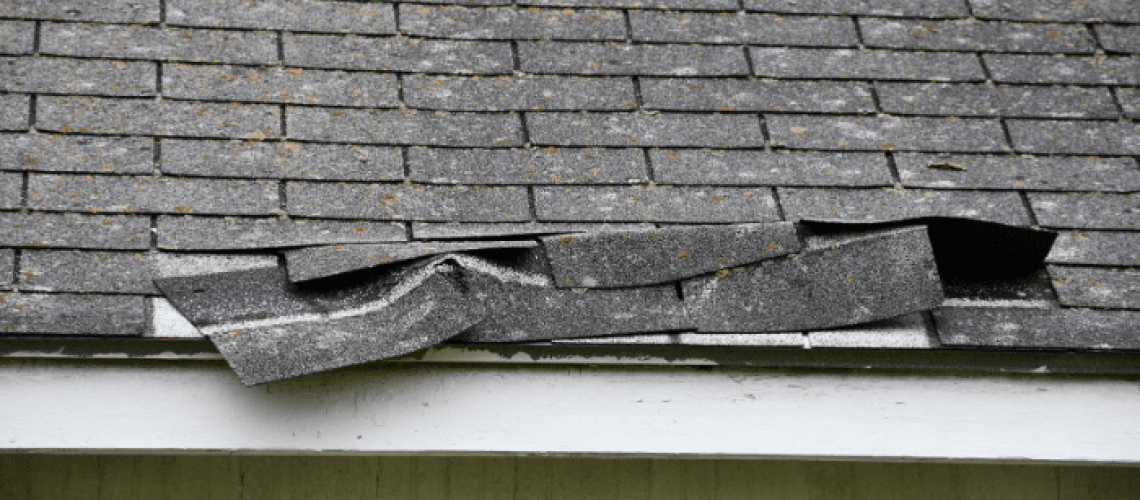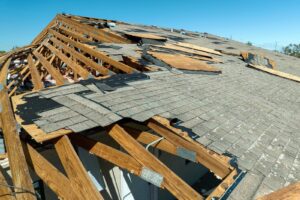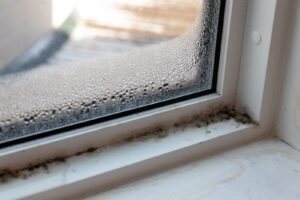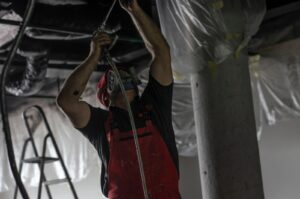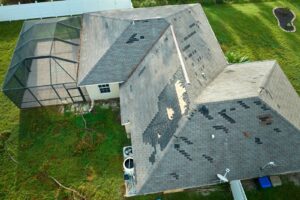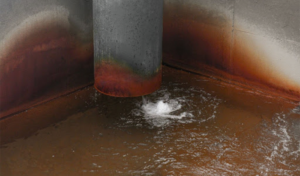Roof water damage can appear as rings of mold due to moisture or discolored spots on your ceiling. If you don’t handle it immediately, it can become a significant problem, such as a cave-in. Keep reading to learn more about the types of moisture damage.
Types of Roof Water Damage
Many homeowners don’t know this, but there are numerous types of roof leaks. Some inexperienced roofers will improperly close a roof’s holes and direct the water to another direction, causing more destruction. You need to address the leading cause of your leak rather than just putting on a band-aid that will only come off the next time it rains.
Here are the four primary causes of roof leaks and how you can address them.
1. Roof Features
A roof feature is any part that penetrates your roof’s decking, such as skylights, vents, chimneys, and anything else that allows light or air to travel from one side of the roof to the other. These areas are vulnerable because they bring the outdoors in, allowing raindrops into your home.
For instance, chimneys are the most common source of a leak when their flashing isn’t incorporated correctly into their masonry. Another common culprit is skylights; fortunately, you can invest in a curb mounted one to prevent leaking.
2. Broken Shingles
If your roof has had the same shingles for decades, they may be too old, leading to roof leaks. Even newly installed ones are susceptible to breaking. Shingle problems may arise due to manufacturer defects or improper installation.
Sadly, if your shingles look curled, ripped, thin, or are falling off, your home may need a roof replacement. If you neglect replacing damaged shingles or your roof, you may have to deal with expensive water damage. You’re better off investing in a new roof if you want to save money.
3. Flashing Failure
Flashing is a thin metal sheet made from galvanized steel. It’s installed in critical areas of your roof, such as where the roof face connects to a vertical wall to form your home’s second story. Although it sounds counterintuitive, roof flashing can be too secure. Steel expands and shrinks in changing temperatures, and if yours is attached to both the roof and walls, it can become deformed.
Slanted roof flashing can create gaps, letting water enter your home. You will need to replace your warped flashing.
4. Valley Damage
Your roof’s valley is the inside angle where the two roof faces connect. Older homes are most susceptible to water damage because their shingles are usually turned on their side; this causes problems because they should be sitting straight and perfectly fit the valley. Prevent future problems by installing a closed-cut or open valley style.
RestoreMasters Can Help
Roof water damage is emotionally and financially stressful to deal with, and it’s unsanitary. RestoreMasters specializes in repairing homes and businesses that have experienced water damage from roof leaks, flooding, burst pipes, and other problems. We use the best equipment and techniques to ensure your home is free of moisture damage.
We service Salt Lake and Utah counties. Contact us today.

